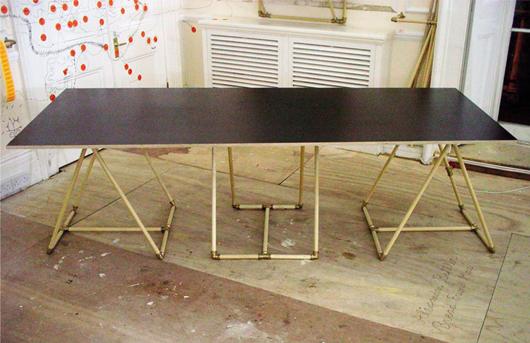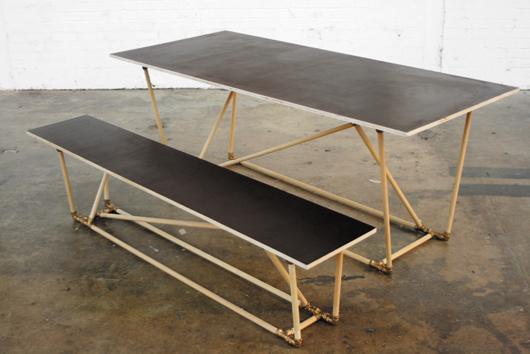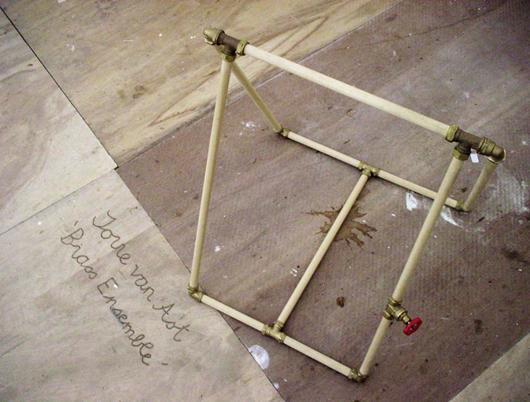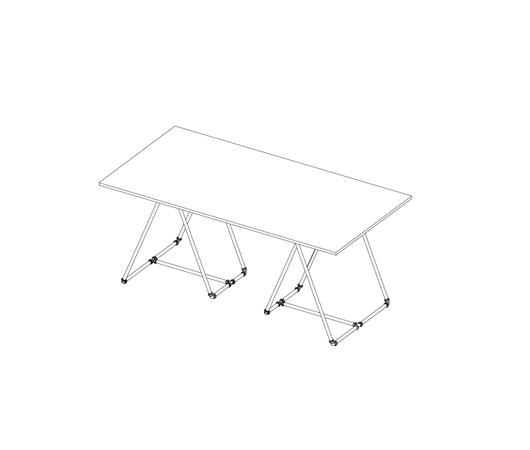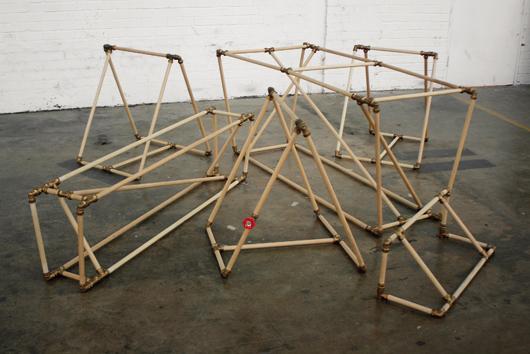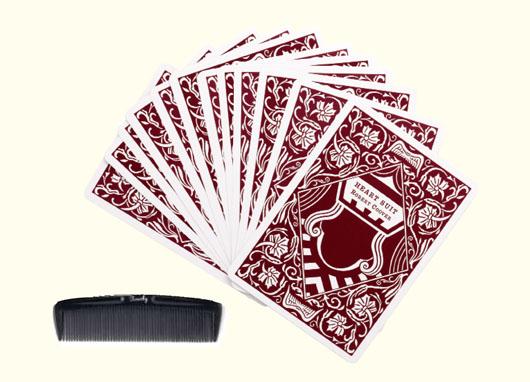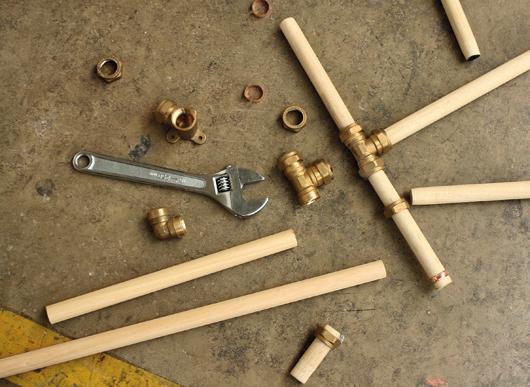
12.15.11
Excerpt: Book
DIY Furniture: A Step-By-Step Guide
As lovers of and writers about design, there’s one question we’re constantly asking ourselves: How can we get designers to make us their amazing pieces at cost? But what we nearly always fail to wonder is: Would it actually be possible to make these pieces ourselves? DIY Furniture changes all that, presenting 30 projects from the likes of Peter Marigold, Uhuru, Lindsey Adelman, and Paul Loebach, along with blueprints on how to make each one with off-the-shelf parts ranging from plastic water pipes to zip ties (a Sight Unseen obsession, they pop up in at least four projects).
The entries range from the ultra-practical (a woven rug made from cargo rope knotted with twine) to the semi-ridiculous (kudos to anyone who attempts Julia Lohmann’s cast-concrete and wool Resilience Table, which the designer created for her solo exhibition at 2008’s Design Miami/Basel and which now sells for an undisclosed sum at Moss). But that’s because the book was meant for a range of capabilities, not only for the DIY enthusiast but also for the fledgling designer, who might have access to things like circular saws and soldering guns on a regular basis. The book was the brainchild of Christopher Stuart, a former industrial design consultant and current furniture design degree candidate, who contributes to the book a wardrobe made from mitered Brazilian teak floorboards and a trapezoidal sofa made from wood, cable ties, copper piping, and shipping blankets. His outsider status does wonders to make the projects seem surmountable — at least at first glance. We’ve excerpted one of the book’s easiest-to-follow projects, by London designer Jorre Van Ast, here, and thanks to publishers Laurence King, we’ll also be giving away two copies. To enter, simply like us on Facebook. Winners will be chosen at random on Wednesday, December 21.
BRASS ENSEMBLE
By JORRE VAN AST
This series of readymade furniture frames for temporary use is made from ramin dowels joined together with the brass compression fittings normally used to connect copper piping in plumbing. The lightness of the frames makes them portable and they are easily assembled and disassembled.
The frames can be used in different formations to create both large and small tables and a long bench. The surface shown here is Phenolic board, but other surfaces such as an unfinished door blank, strengthened glass, or plywood could be used.
Follow the instructions to complete the table and use the learned process to make other things. Perhaps a bench to accompany your new table!
You will need:
Materials
— Six ramin dowels, 22mm diameter 2.4m long
— Eight 22mm brass Ts (part A)
— Twelve 22mm brass elbows (part B)
—Phenolic board for table top (shown) 20 x 988 x 1938mm. Other suggestions: Baltic birch plywood, a hollow, unfinished door blank.
Tools
—Cutting pliers
—Saw
Step 1. Cut dowels to the following lengths:
• Eight x 800mm (part C)
• Two x 600mm (part D)
• Two x 400mm (part E)
• Two x 350mm (part f)
• Two x 290mm (part G)
• Two x 210mm (part h)
• Two x 150mm (part I)
• Two x 100mm (part J)
Step 2. Unscrew the brass nut from the fitting and take the copper olive out.
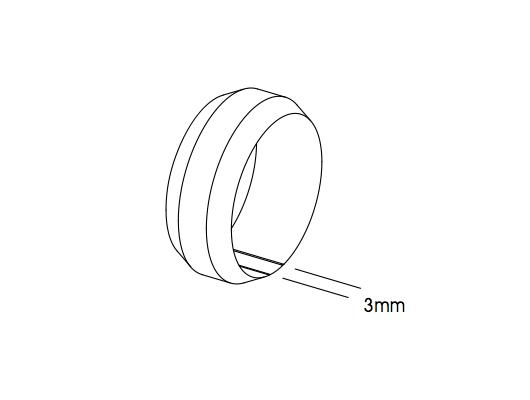
Step 3. Using cutting pliers make two cuts in the olive approximately 3mm apart. Put the olive back in its original position and loosely screw the nut back on.
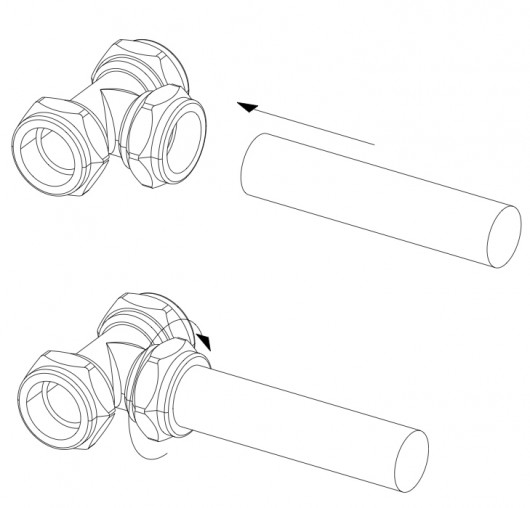
Step 4. Insert the dowel into the brass fitting and tighten the nut.

Step 5. Follow this assembly. As an extra feature you can add a brass tap (see below).
Step 6. One complete! Now repeat steps 2–5 to make a second trestle.
Step 7. Add the top. Using the same build process, experiment and make other things!
Excerpted from DIY Furniture: A Step-by-Step Guide by Christopher Stuart. Copyright 2011 and reprinted with permission from the publisher, Laurence King.
